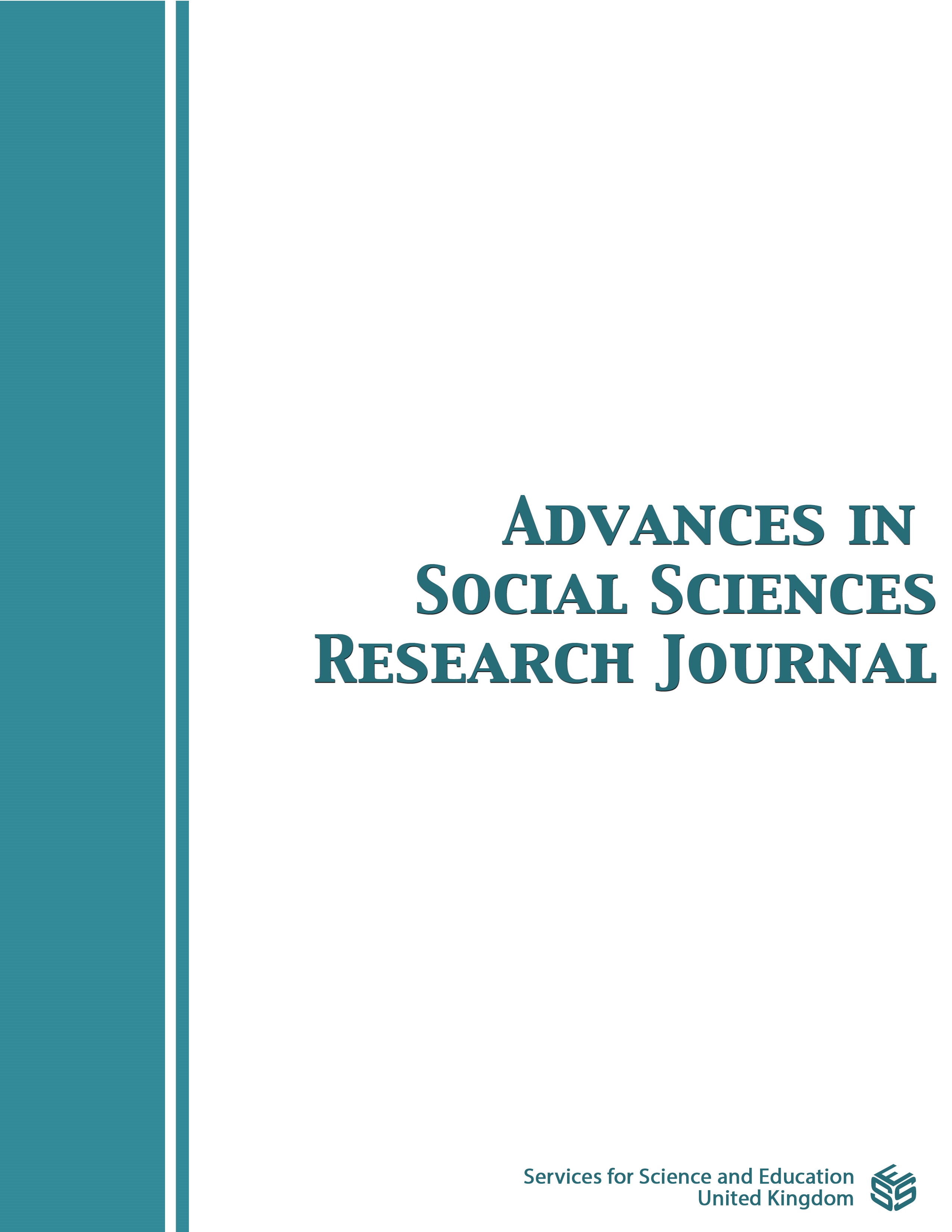Inclusive Language in Student Writing: Awareness and Innovation
DOI:
https://doi.org/10.14738/assrj.97.12606Keywords:
Inclusive language; academic writing; Automated Writing Evaluation, Auto-PeerAbstract
The goal of inclusive language is to replace terms and phrases that may cause offense or denigrate a particular group of people. One of the major issues stymieing a broader application of inclusive language is simply awareness, especially for those who speak English as an additional language. Given that few places focus on wording issues more than the writing classroom, it is surely there that instruction and its associated Automated Writing Evaluation tools need to make appropriate contributions. Accordingly, this paper assesses faculty, student, and technology for their respective current levels of awareness. The results of our study suggest that both faculty and students appear to be inconsistent and lacking in awareness on many issues of inclusive language. Meanwhile, our analysis suggests technology appears to have many opportunities to both improve and increase its role in assisting with a greater understanding and application of inclusive language.
Downloads
Published
How to Cite
Issue
Section
License
Copyright (c) 2022 Khawlah Ahmed, Philip McCarthy, Noor Kaddoura, Anuja Thomas, Ayah Al-harthy

This work is licensed under a Creative Commons Attribution 4.0 International License.
Authors wishing to include figures, tables, or text passages that have already been published elsewhere are required to obtain permission from the copyright owner(s) for both the print and online format and to include evidence that such permission has been granted when submitting their papers. Any material received without such evidence will be assumed to originate from the authors.






